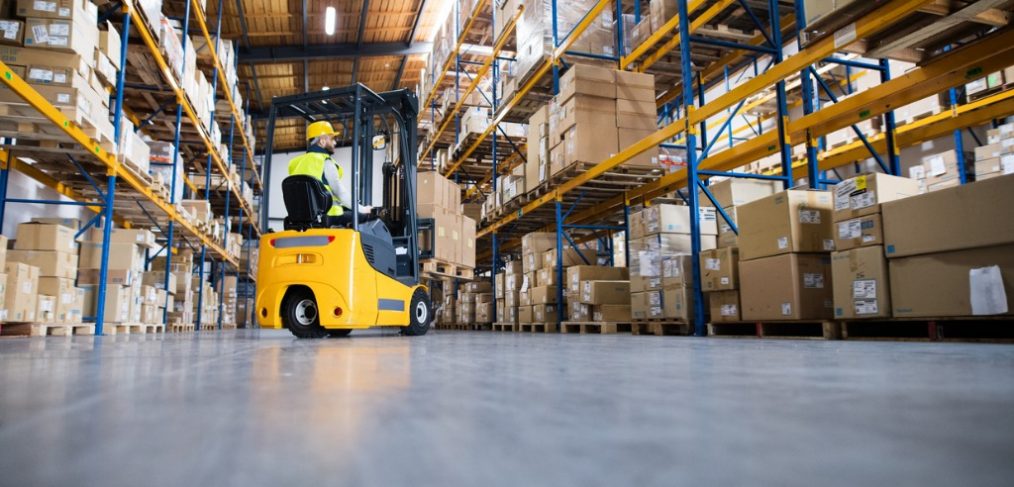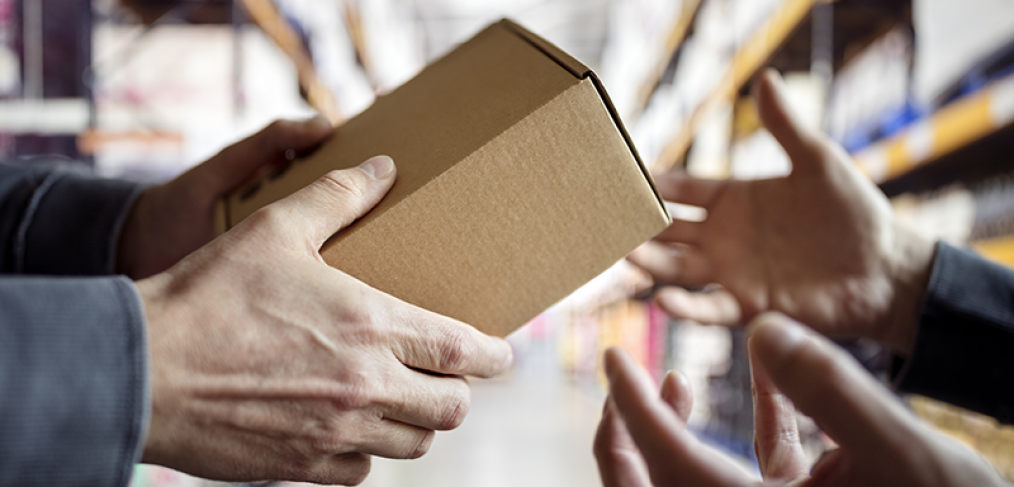
slow moving inventory
Even in a well-run business, there could be 20 to 30% of inventory that is dead stock.
Carrying dead stock and slow-moving inventory can increase your costs and harm the rest of the store.
There are ways you can move these problem items and get the cash your company needs.
Continue reading this article to learn how to keep inventory moving and decrease the time it spends on your shelves.
Say Goodbye to Slow-Moving Inventory
The same shelf of products is staring back at you. It has been for months now and it is taking up valuable retail space. There could be a number of reasons that you have dead inventory on your shelves, such as:
- Lack of customer interest
- Selling products that are too similar
- Failure to train staff to sell a product
- Defective products
No matter what the reason is for having excess inventory, there are solutions that can help you get those annoying boxes off the shelves.
What Is Dead Stock?
Dead stock is inventory that doesn’t sell. If your company doesn’t use inventory management software, you may have product hiding out in your warehouse for years.
Whether you manufactured the products yourself or brought them through another company, if you aren’t moving inventory, you are amassing costs. The cost of storing the products is only one of the costs. Having old stock in your store can make your store look out of date and behind the times. Instead of looking like a retail professional, your store might look like a once popular liquidation special.
Avoiding Dead Stock
The first step to solving your problem is knowing that you have a problem.
Having software that will alert you when you have an aging inventory will allow you to get to work on a solution.
Instead of the wait and hope “strategy”, you can put systems into place that will help you shed the dead weight.
You might find some of your products aren’t worth saving, and they have to meet the dumpster, but that isn’t always the case. There are many smarts ways to get rid of these products and recoup some of your costs.
Some ideas for cost recouping are:
- Selling to discount stores
- Donation to charity (Hello tax write-off)
- Using it as a gift giveaway with selective purchases
- Offering the product in a bundle
Inventory should sell in 90-120 days in most situations. After the 90-120 day period, it is time to get concerned.
Since cash flow is the life-blood of any business, you need to get that inventory moving even if it means taking a loss.
Before implementing any of these strategies, make sure you are not continuing to order products that are not selling. If you are getting rid of the product at a discount only to have more come in behind it, you will never be able to solve your problem.
Quick and Free Shipping Are Your Friend
When selling your products online, it is important to have the best shipping services possible. Shipment is one of the determining factors for whether a customer buys your product or a product from your competition. The days when your company could charge hefty fees for shipping are far in the past.
When inventory isn’t moving, you can offer free, fast shipping on those products to get them to move. If the free and fast shipping alone isn’t enough to make them move then offer a deep discount to sweeten the deal. The longer you leave the product on the warehouse shelves, the more money you will put out in expenses.
While you will not make a profit off of these sales, your company will come out better in the long run since you didn’t have to count these products as a total loss.
You can use the situation as a way to win new repeat customers by giving them an amazing first experience. When first-time customers buy one of your deals, they will experience your fast shipping and customer experience.
If you haven’t thought much about your customer experience when they receive your package, this is a point you need to address. Your customer’s first connection with your product is often when they open your package.
Getting Customers to Promote You for Free
Once you’ve wowed your customers with free, fast shipping and a great deal, the experience needs to continue when they open the product package.
Pay special attention to the wrapping of the package, the messaging within the packages and any promotions you include. All these things are part of the customer experience, which will make or break the relationship and any free promotion you get from the customer.
If your packaging is unique, interesting and enjoyable, it is likely they will share it on social media or at least send it to a friend to see. Word of mouth and social media advertising is very powerful and can turn your dead stock into a part of your marketing campaign.
What to Look for in an Order Fulfillment Company
As you choose the company that will fulfill your orders, keep in mind that their commitment to their promises to your customers. If they can’t deliver product when they say they will, your customers are going to blame you, not them.
Working with a company that has a great reputation for following through on their promises is a must. Not only should they offer long-distance shipping, but having same-day delivery allows you to get packages to local customers at the speed of light.
Read customer reviews, speak with the sales team and even call customer service to make sure there is a good match between your companies.
Keep the Inventory Moving and Customer Satisfaction High
Slow-moving inventory can be a thing of the past. Offering the best shipping services to your customers will put you out in front of the competition that is skimping on shipping services. Speak with our professionals today to learn more about how we can help you and your business.





 Want to create more efficiency in your warehouse? Looking for ways to improve your picking and packing processes?
Want to create more efficiency in your warehouse? Looking for ways to improve your picking and packing processes?